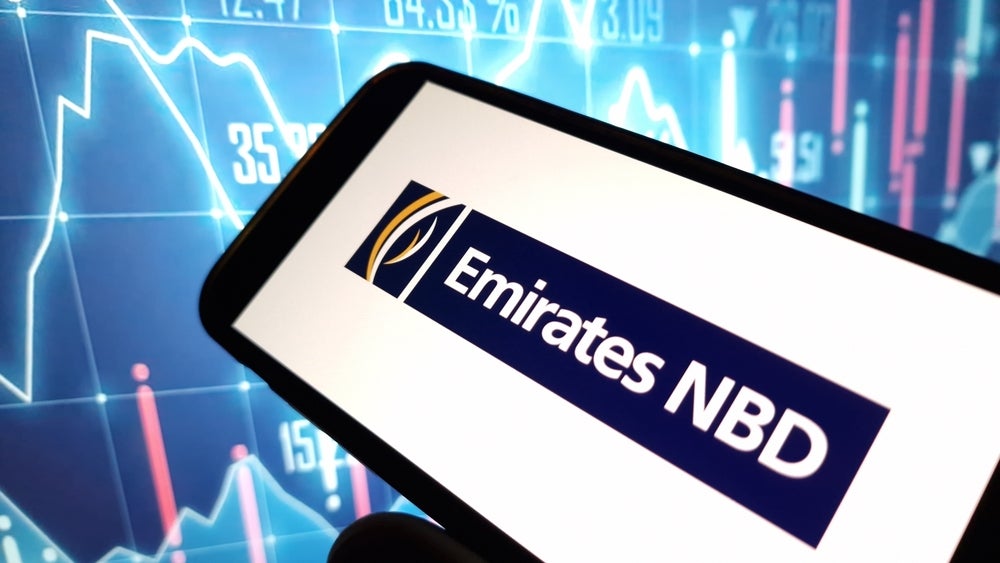Banks are pouring significant
sums into upgrading their front-end systems to satisfy growing
client demand. How is this going to affect the traditional
banker-client relationship and will this lead to lower fees? Alison
Ebbage talks to seven IT providers to discover the cutting-edge
trends in front-end systems.
Clients want changes to interacting
with wealth managers, and they want them fast. From a high-touch
based model to a demand for more continuous data feed over a
variety of channels, all must be delivered in detail and as close
to real time as possible.
Private banks now need to equip
their advisers with front-end systems to meet this demand and let
them take a more proactive stance to relationship management.
PwC’s biennial Global Private
Banking and Wealth management survey, published in June 2011,
highlighted that banks were grappling with an overload of manual
processes which are poorly aligned to business priorities.
The priority is meeting client
needs with a CRM (client relationship management) service model
focused on tools to support advisers, improve client reporting and
better process automation.
The importance of data management
in the core banking system comes further down the list.
Duncan Ash, financial services
marketing manager at business analytics software firm SAS, says
front-end service provision needs to be second to none for private
banks to retain clients.
“The front-end needs to add value
through presentation and system content and tools for both clients
and advisers,” he says.

Total client
recall
A good CRM service has a number of key
functionalities. It must be able to manage the client when first
taken on, perform KYC (know your customer) checks, risk-profiling
to provide best advice and then give links to the trading and
portfolio management systems.
Finally the CRM system needs to be
able to generate customer reporting.
Essential to this is having a
single customer view. This means seeing a holistic picture of the
client is terms of risk, wealth, existing holdings held within and
external to the private bank, as well as personal circumstances and
preferences.
For example a high net worth client
may have a series of high-worth loans, perhaps held with different
institutions and not easily adaptable into a traditional risk
matrix.
Having a single view of overall
debt and assets means the adviser can make a more accurate
assessment and a more informed decision.
Single customer
view
HSBC is known to have invested
widely in its single customer view capability. Barclays Premier
Banking is also in the process of upgrading its capabilities in
this area.
Peter McKenna, market development
director at data management and distribution solutions provider DST
Global Solutions, says the single customer view is essential when
dealing with clients who have large amounts of assets in different
places, for example anything with a value can be recorded into a
system such as horses, fine art, etc.
“Being able to run analytics on the
data helps the adviser see where the most potential in the
relationship lies,” he says.
Segmentation is also a very
desirable function, especially as banks look to move up or down the
value chain and offer a service that is appropriate to, and
tailored to, their target market.
Having a system that can offer
different permissions, service levels and reporting styles,
depending on the segment in question, makes sense and makes for a
better client experience.
“Many banks are choosing to move
lower down the value chain and need to segment clients at the front
end, offer the most appropriate service at that level and hopefully
keep the client as he or she moves up into the high net worth
arena,” says Lynne Landau, product manager for private wealth
management at packaged banking software provider Temenos.
Co-ordinating
compliance
A single customer view and robust
client profiling also contributes to compliance. Advisers need the
tools to prove to both regulator and client that they have been
thorough and demonstrate why they have reached a particular
conclusion or investment recommendation.
Client profiling is a really big
area of development says Martin Engdal, director of business
development and product marketing at portfolio management and
front-end solutions supplier Advent.
“Firstly the burden of compliance
is much greater, the banks must be able to demonstrate that they
have been thorough from a KYC perspective and that the
risk-profiling is appropriate to that client’s needs,” he says.
“But doing this also enhances the
client relationship and influences profitability as the advisers
can make a more targeted assessment of that client’s investment
needs and have a better idea of what is and isn’t likely to appeal
to the client.”

Ramping up
reporting
Improving trust between client and
wealth manager relies on decent reporting.
One reason for trust breakdown between
private banks and clients after the 2008 Lehman collapse was banks
were unable to give clients accurate, up-to-date views of
holdings.
Banks need to up the ante. Clients
expect greater frequency and more depth from reporting.
“Client should be able to see
overall holdings and exposures and get a 360° view of their
relationship with the bank, including things like corporate
services and loans,” Ash says. “This is what makes customers
sticky.”
Reporting systems must also improve
to help advisers engage with clients. Systems should send out
prompts after corporate action or other significant market
event.
It allows the adviser to contact
the client to suggest a course of action based on ‘what if’
scenarios, or follow the client’s lead, adding value to the
relationship and helping client loyalty.
Making information
availabile to clients
It is all about making data that
already exists in the bank available to clients. Instead of holding
the information on a repository basis, banks need systems to push
reports out to the front end on a real-time basis.
“Reporting is a big focus as a
direct response to client demand,” says Landau. “Information needs
to be more up to date and detailed than before – not only the
performance itself but also the risk analysis and the ability to
see the overall holdings at any time.”
“The time when clients would sign a
discretionary mandate, then have minimal contact is long gone,”
says Daniel Bardini, president of SunGard’s Ambit Private Banking
business unit.
“The onus is on banks to have a
continuous connection, reactive in a reporting sense and proactive
in anticipation of the client.”

Multi-channel access – a
top priority
Increasingly multi-channel access is
coming top of the list for private banks – although banks have been
slow to react to changing user demands.
Clients, old and young, now demand
access to their accounts and holdings in real time, or as close to
it as possible, and over any channel they choose.
PwC’s survey noted that as smart
phones, tablets and other devices become common place, use of
mobile and online channels will become more important in providing
clients with internet and mobile access.
“One of the biggest demands from a
client viewpoint is the link via iPads and iPhones,” says Engdal.
“It is all about letting clients access the system wherever and
whenever they want.
“The connectivity is not very
sophisticated but that will improve and it’s all about the
availability in the first place,” he adds.
Keeping data
updated
The Advent system, for example,
builds intraday trades into its iPad offering, but crucially has a
disclaimer which recognises that this is new, and that joining all
the data up over a multitude of channels is no mean feat.
The other function of multi-channel
access is that it allows better interaction between bank and
client. This is important given the trend to move away from a
discretionary to an advisory relationship.
By taking social media by the
horns, advisers can develop a reputation for thought leadership via
online forums and the provision of cutting-edge research.
But will a front-end focus alter
the way private banks maintain relationships away from the
high-touch personal to a reliance on continuous contact facilitated
by technology?
Mark Dunleavy, financial services
manager at data integration provider Informatica, thinks so. “The
focus on the front end is a result of the nature of relationship
management and the service changing,” he says.
“The old model was based on
high-touch management, but we are moving away from that to a model
based on rapid access and lower fees.”
Further training
needed?
The PwC survey highlights the fact
that some advisers will need further training to make the most of
new technology and rely less on contact lists and old methods, with
the emphasis on systems that feed the client, so it is no surprise
that the current focus is directed here.
“Private banks know they really
need to do something about the various systems and have started
with the front end as that is where they see the most issues,” says
Dominic Sanna, sales manager at investment management systems and
services provider Simcorp.
“If you can get a really good front end then you can make better
and more timely investment decisions, respond to alerts and contact
clients as an event unfolds. This can then be fed back down the
line to get better STP (straight through processing),” says Dominic
Sanna.
“This translates into better quality face to face time, better
levels of transparency, ongoing appropriateness checks and, all in
all, a better level of service.”
See also: IT special feature part II – Beware
back-office neglect






